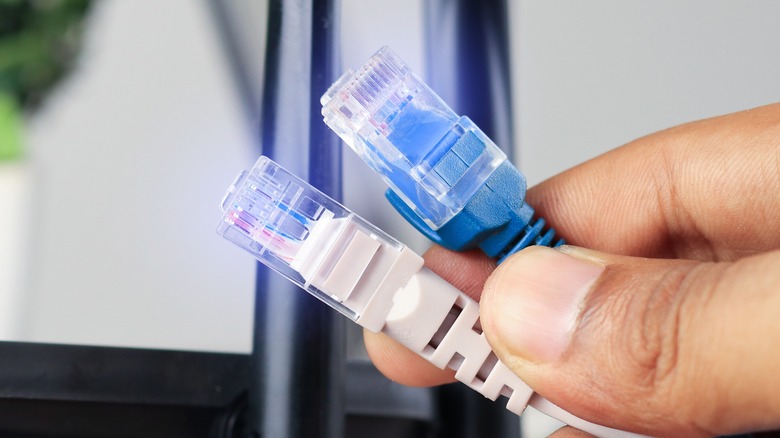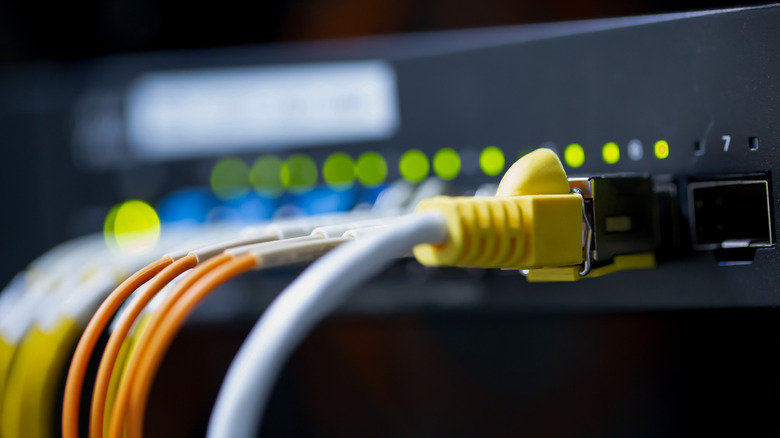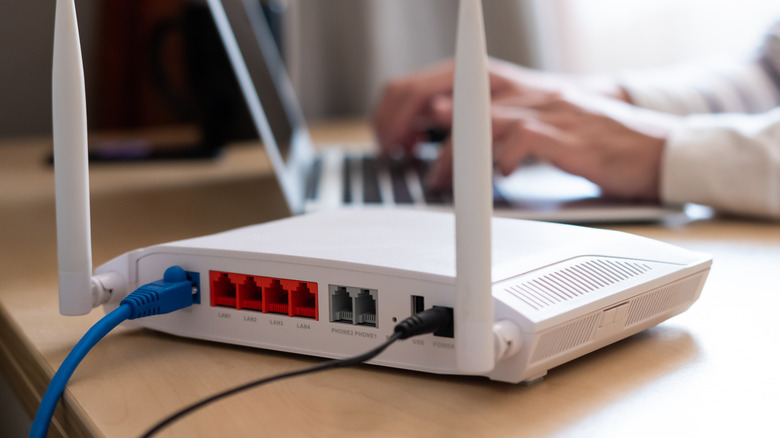CAT5 Vs. CAT6: Will A New Cable Actually Make Your Internet Faster?
There are many different types of ethernet cables, each fulfilling a specific purpose. If you were browsing the internet in the 90s, you likely used a Category 3 cable to facilitate your connection. However, nowadays, the CAT5e cable is the most common ethernet cable with its many advantages to earlier iterations. This enhanced version of the standard CAT5 cable is likely the one linking the wired devices in your home currently.
Soon after the release of the CAT5e cable, the CAT6 cable was unveiled, further improving the technology. However, not many people could fully utilize the cable at its release, as they did not have fast enough internet to take advantage of the faster speeds of the CAT6. It was also considerably more expensive than previous iterations. This led to the domination of the CAT5e cable across the world. But with internet speeds increasing exponentially, many understandably are starting to wonder if it's time to upgrade to the CAT6.
CAT5e vs CAT6
The CAT6 is the pricier alternative to the CAT5e, with a couple of construction differences. For example, the CAT6, unlike its predecessor, features a plastic spline in the center of the cable that separates the conductor wires to dampen the unwanted leakage of signals in a communication channel known as crosstalk. It also has thicker copper conductors compared to a CAT5e cable. This has some noticeable benefits to the cable's speed and frequency cap at the expense of flexibility.
A CAT5e ethernet cable can transfer data at one gigabit per second (Gbps) at 100MHz up to 328 feet. There are some reports of CAT5e achieving 2.5 and 10Gbps at short distances, but it is not recommended, and not all CAT5e cables will support it. A CAT6, however, is designed for speeds up to 10Gbps at a frequency of 250MHz up to 165 feet and 5Gbps up to 328 feet. That said, installing a CAT6 cable won't magically increase your internet speeds. For a majority of people, upgrading will not provide any benefit.
Picking the right cable for you
Although the CAT6 is a better cable on paper, it won't be the best choice for everyone. To take full advantage of a CAT6 cable, you need an internet plan that supports speeds up to 10Gbps. If you do not have an internet plan that offers speeds over one gigabit per second, a CAT6 cable will function the same as a CAT5e. If you are futureproofing, though, the CAT6 cable would be a better choice.
When picking out an ethernet cable, you could also take it a step further and snag a CAT6a line. CAT6a has a frequency of 500 MHz, which is double the limit of the standard CAT6. Like the CAT6 cable, the CAT6a does not come cheap. If money is no factor for you and you have an internet speed capable of reaching a transfer rate of 40Gbps, you can opt for the latest iteration of the technology, CAT8.


